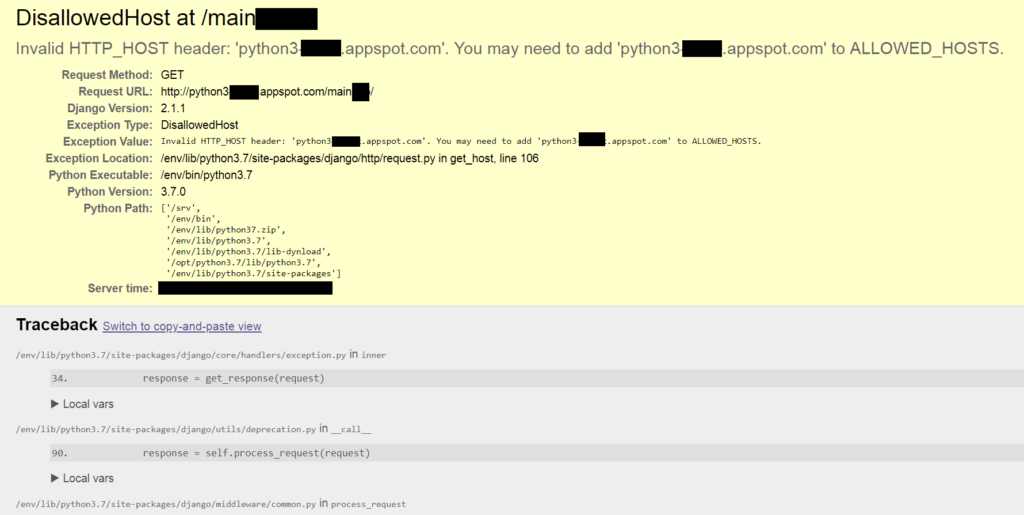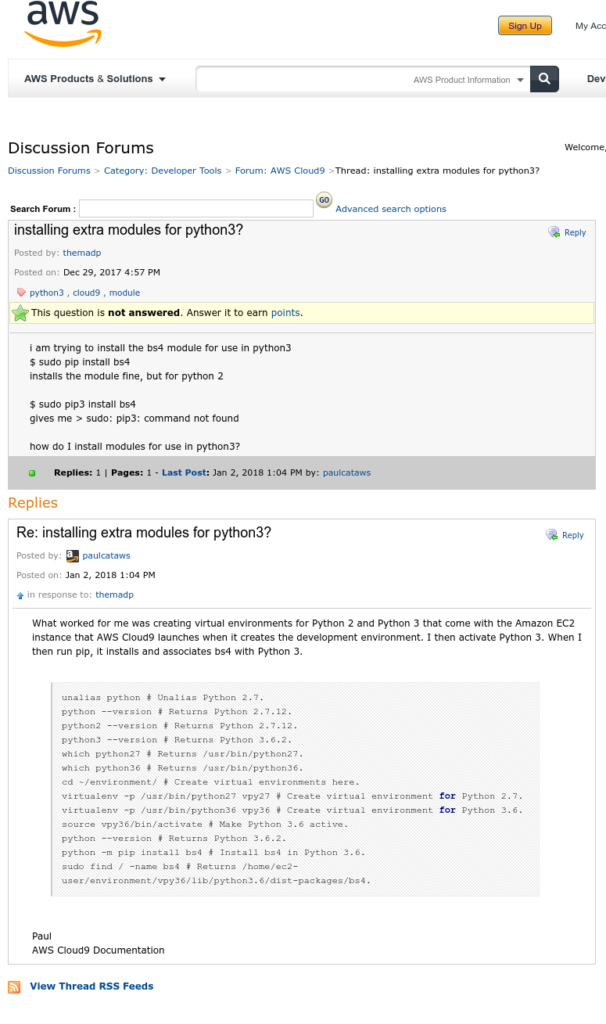Here’s a short code example using Tweepy to pull a list of following users (users that you follow). consumer_key, consumer_secret, access_token and access_token_secret are necessary tokens for authenticating into Twitter.
auth = tweepy.OAuthHandler(consumer_key, consumer_secret)
auth.set_access_token(access_token, access_token_secret)
api = tweepy.API(auth)
for friend in tweepy.Cursor(api.friends).items(3):
# Extract friend (following) Twitter screen name and user id
friend_screen_name = friend.screen_name
friend_id = friend.id_str
print("Friend screen name & ID: %s - %s" % (friend_screen_name, friend_id))


